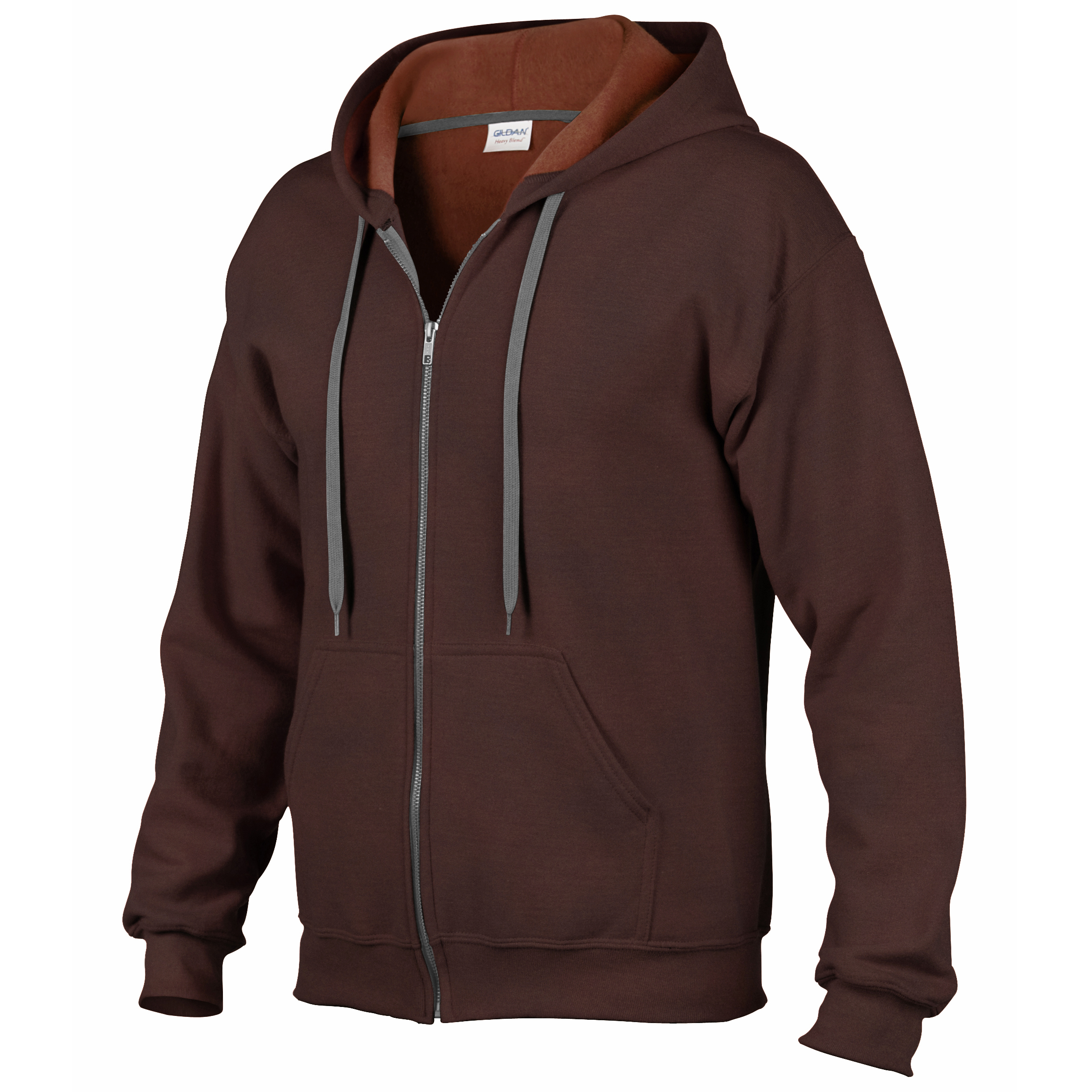Sweatshirts are long-sleeved, pullover garments constructed from thick cotton fabric. They are typically worn casually, and are not as dressy as sweaters or cardigans. They may not have the hood. If you're interested in purchasing a sweatshirt, here are a few tips:
The appeal of Norma Kamali was spread by the use of sweatshirts
Since the late '70s the Norma Kamali brand has been turning the humble sweatshirt into an art form. Her designs are now a staple in almost all women's wardrobes. Her distinct styles range from a tummy-tucking crew neck to leather-paneled sweatshirts. She has also created clothing in unusual designs, like a tank top with long trumpet skirt.
A collaboration with the brand and sweatshirt maker Everlast gave rise to her Timeless collection, which was hugely popular when it appeared in Spiegel's spring 2006 catalog. The collection offered knits that could be interchangeable or convertible in classic shapes and many of the items were priced below $20. Even the Kamali's Timeless collection was not available in stores, customers were able to find the pieces for sale on eBay as well as Poshmark.
Merino wool sweatshirts tend to be more comfortable than soft sweatshirts .
Merino wool is known for its moisture-wicking properties that help keep you dry and comfortable. This is a naturally-occurring fiber and also offers a smoother and more comfortable feeling. The fabric also dries quickly compared to other natural material. Additionally, merino is a sustainable resource. The merino sheep shed coats each year and grow new coats.
Merino's weight-to-heat ratio is high, and the warmth of wool makes it popular for sweatshirt s . It assists in regulating body temperature due to its natural loft, which retains heat between the fibers. This is why Merino wool sweatshirts are ideal for outdoor and summer activities such as mountain biking, hiking and running. The warmth they provide helps keep the wearer cool and dry, which is crucial when exercising.
Zip-front hoodies have kangaroo pocket

Kangaroo pocket hoodies are a popular style of hoodies. They have a huge pocket in the front, that keeps your hands warm during cold days. They're much more practical than traditional pockets, since they allow your hands to slide in and out effortlessly.
Kangaroo pockets are typically large enough to accommodate a wallet or some other small items for personal use. They're typically long enough to fit a small hand, and can even be large enough to accommodate two hands. They have wide openings on both sides and are ideal for carrying small objects.
French Terry fabric is a well-loved fabric for sweatshirts
The French Terry fabric is composed of soft yarns that are knitted into loops and is usually mid-weight. It is also known because of its capacity to absorb away moisture and is already pre-shrunk. French Terry is a fantastic option for sweatshirts as it is warm when you need it and helps keep you cool when you need to cool down.
French Terry is also popular for loungewear, since it has enough stretch and flexibility to feel comfortable on your skin. It also allows enough air to circulate through the fabric, making it ideal for layering under other clothing. In addition, because it is lighter than other sweatshirts, you can wear it all through the year without feeling too warm or cold.
Hoodies have classist connotations
While it may seem that hoodies are simply an appropriate attire item for people of the working class, the reality is that they are a symbol of class. The hooded garment was first popularized in the early 1970s , in New York, where graffiti artists wore them to hide their identities. In 1976 the hoodies made their big appearance in the film "Rocky," when the protagonist of the film was a working class man in grey sweats with hoods during his memorable climb to the top of the steps of the Philadelphia Museum of Art.
Hoodies are frequently associated with death, destruction and other unpleasant things, and yet they serve a practical purpose. For instance, monks and priests may wear hoods to show modesty and inward focus.
